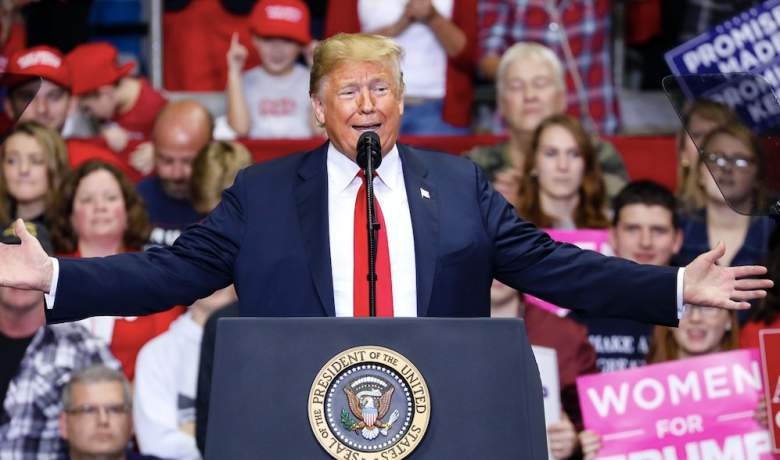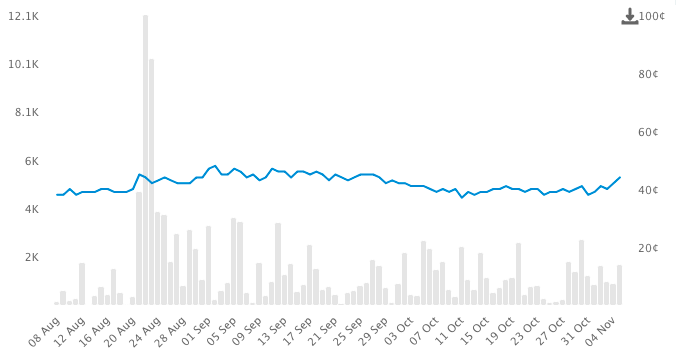
Getty Democrats may be poised to take the House after the 2018 midterms, but that doesn't necessarily mean a Trump impeachment is that much more likely than it was before.
On the day of the general election for the 2018 midterms, Trump’s approval rating hovers just under 42 percent, per a tracking module by FiveThirtyEight.
With Democrats largely predicted to flip the house, Trump has been on a campaigning rampage, headlining three rallies on Monday in a last-ditch effort to rally his voter base to vote Republican in countless key Senate and House races across the nation.
Still, USA Today reports that White House aides have been bracing for a Democrat takeover following the midterms, which would drastically impact a number of Trump’s initiatives, not to mention the inevitable conclusion of special counsel Robert Mueller’s Russia investigation.
But for those wondering if a “blue wave” will increase the likelihood of a Trump impeachment, they might be surprised to know that Trump impeachment odds have held steady in regards to betting on political prediction markets.
A Trump impeachment would require 218 votes in the House, and a subsequent 67 votes in the Senate. Though Democrats are predicted with 86 percent likelihood to take the House, per FiveThirtyEight, they have much slimmer chances of taking the Senate, and they would need both in order to carry out an impeachment process.
Here’s what you need to know:
Trump Impeachment Odds Going into General Election Day for the Midterms

Trump Impeachment Odds Over the Last 90 Days
Despite the increasing likelihood of a Democrat takeover in the House after the midterms, betting odds on a possible Trump impeachment have held study on online political prediction markets like PredictIt.
Predictions on the site include a seven percent likelihood of Trump being impeached in 2018, and a 36 percent likelihood of Trump being impeached at some point in 2019.
What an Impeachment Process Would Require for POTUS, Explained
In order for an impeachment process to be carried out, the House can vote with a majority to impeach the president, and then the president will be tried in the Senate. The Senate would then need at least 2/3 of the body to find him guilty in order to remove him from office.
Assuming that the Democrats will take the House, and that every Democrat would vote in favor of impeachment, then that takes care of the first step of the process.
But the Senate poses a much larger challenge to impeachment, as not only would Democrats have to out-perform polling predictions on Tuesday, but they’d also have to convince a handful of Republicans to vote guilty during the impeachment trial. (For those interested in a deep dive on the likelihood of Republicans crossing the aisle to vote for impeachment, there’s an excellent mathematical breakdown of that probability by The Conversation.)
In other words, the first step of the impeachment process might become more likely with a “blue wave,” but a “successful” impeachment still remains highly unlikely. And with that said, it would be just as unlikely for Democrats to force the initiation of impeachment proceedings in the House unless they had a strong presence in the Senate, as well.